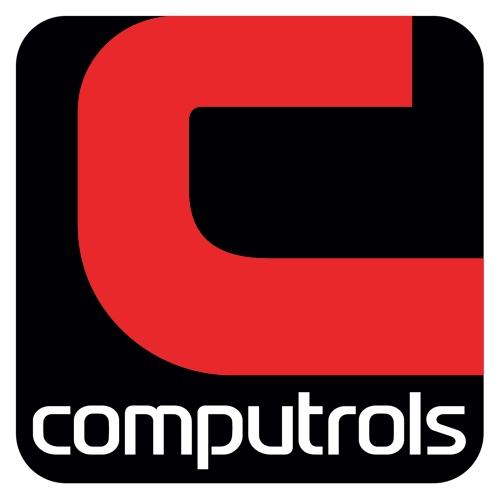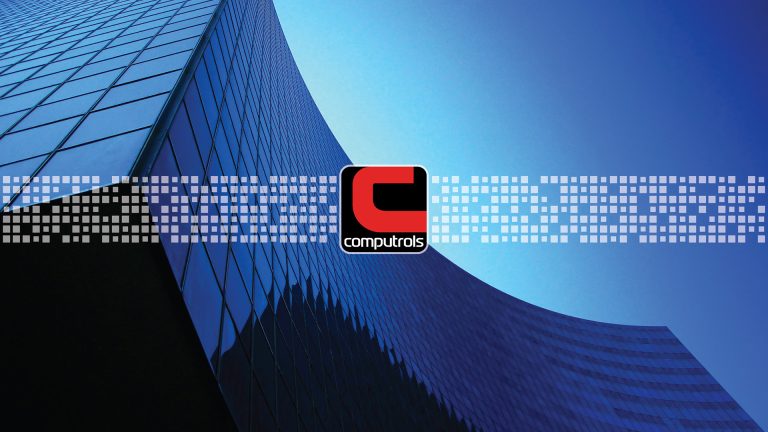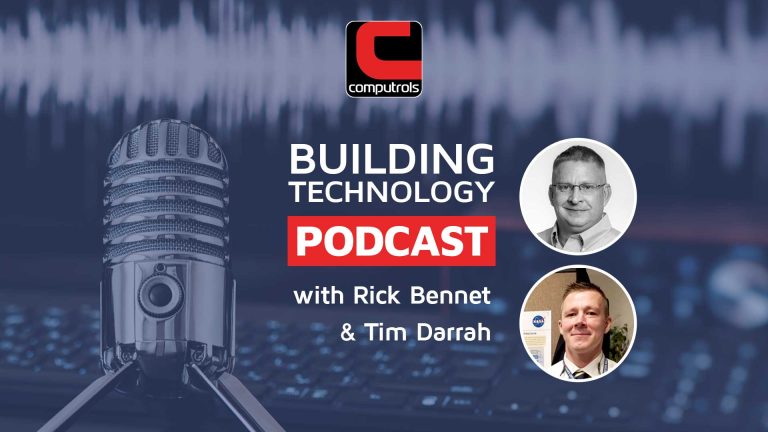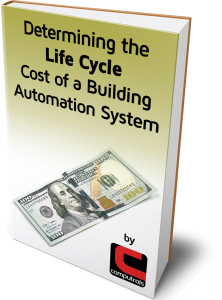Building Automation Systems provide valuable insight into the performance of a building along
with many data points related to the operation of the various building systems such as HVAC,
Lighting, and Access Control. These points can vary greatly in data type and function –
information such as temperature, valve positions, on/off status, and schedules might each be
represented as individual points. The number of data points varies by building type and function
– it is not uncommon to see tens of thousands of points in a larger facility.
While these points’ instantaneous data are essential to the facility’s operation, historical data
can prove invaluable in day-to-day operations.
To view historical data, many Building Automation Systems require operators to manually
configure a “trend,” which then collects data on a specific point or points. These trends often
consume system resources such as point count, memory, or processor usage, meaning a finite
number is allowed before the control system performance is negatively impacted. A result of
limited system resources leaves building operators with little to no historical data on points
within the system.
In addition to limited historical data, another major drawback of having to manually configure
trends is the reactive nature of this process. You can think of setting a trend as the equivalent of
setting a trap. Once a building operator is made aware of a system malfunction they work to set
traps (trends) in an effort to identify the root cause of the reported issue. Next, the operator must
wait for the event to happen again and hope that they set their traps (trends) in the right place.
At Computrols, we prefer to take a proactive approach. Early on in the development of CBAS
we concluded that the only approach to historical system data that made sense would be storing
history on all points by default. While we recognized that this was the system in which we must
produce this was no small task for our development team. CBAS for Windows operating
systems was initially deployed in 1999 and one of the highlight features was the ability to
instantaneously access historical data from any point within the system. Fast forward nearly 25
years later and the CBAS History feature remains one of the staple elements of our platform
due to the unmatched visibility that this feature provides to building operators, technicians, and
management.
We believe that a building automation system should be much more than a simple resource to
turn things on and off. Instead, the system should be a robust tool that provides complete
visibility and insight into building operations. One way we accomplish this is by providing
continuous historical data collection on each and every point, regardless of point type or
protocol, without any operator action needed. In addition, we also provide continuous historical
data of every system event, every operator command, and every action on every point. That is,
Building Automation Simplified!




